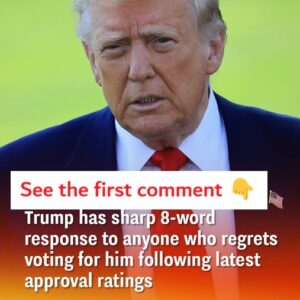During Donald Trump’s presidency, a major part of his economic policy centered around imposing tariffs, especially on goods imported from China. These tariffs were meant to address issues like intellectual property theft and the U.S. trade deficit, while encouraging domestic manufacturing. However, they also led to unintended consequences, such as rising prices for everyday consumer goods, many of which are sold on platforms like Amazon. Items ranging from electronics to clothing and furniture were hit with additional import costs, which were often passed on to the consumer.
Amazon, known for its wide range of third-party sellers, was significantly impacted by the tariffs. Many of these sellers rely on Chinese manufacturers to stock their products, and when import costs rose, so did the prices on the platform. As a result, shoppers began to feel the effects in the form of higher prices on common items like smartphones, kitchen gadgets, and apparel. The increased costs affected not only big-ticket items but also essentials such as children’s toys and home goods, reflecting how deeply tariffs can influence e-commerce pricing across categories.
Though the Biden administration has taken steps to ease tensions with China, the financial impact of the trade war continues. Many businesses still struggle with elevated costs, and inflation has kept prices high. While the original intent of the tariffs was to benefit American industries, the burden often shifted to small businesses and everyday shoppers. Even today, the lingering effects of Trump’s trade policies are evident in the prices consumers pay online, showing how international economic decisions can leave a lasting mark on domestic markets.
Click below to read more…





